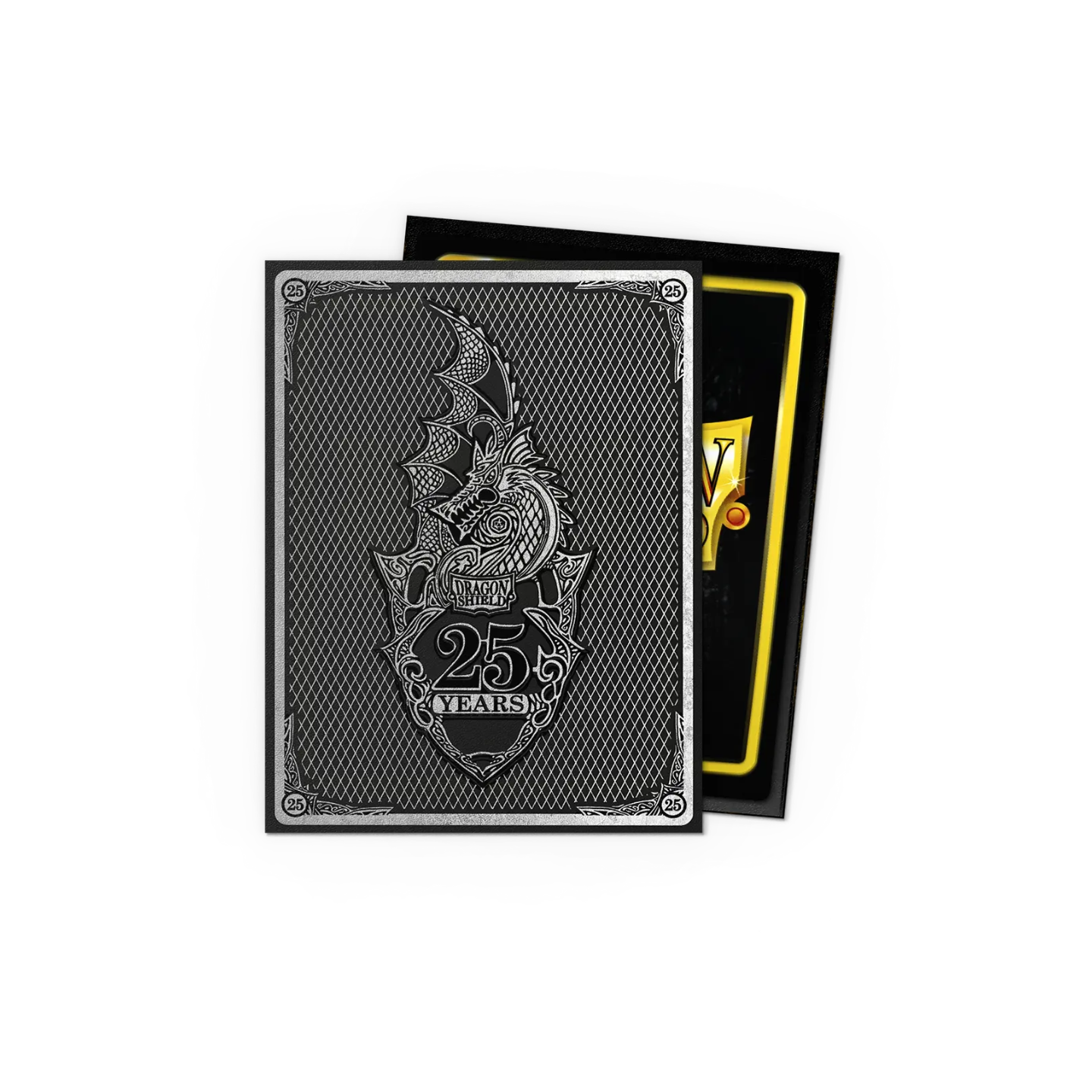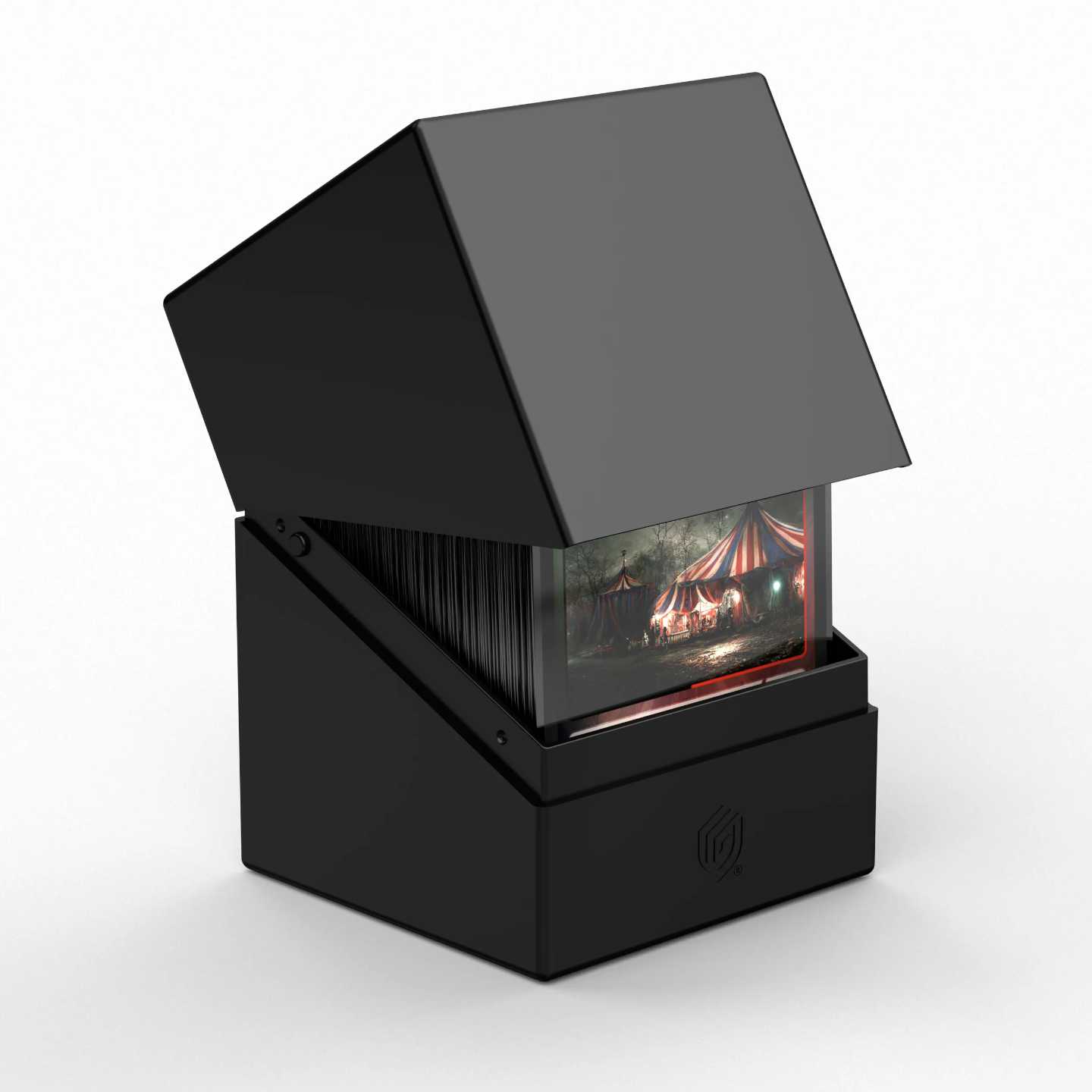Overview:
This Bant (WUG) Doctor Who-themed deck leverages historic spells (artifacts, legends, Sagas) to generate value through token creation, card advantage, and incremental board growth. The Fourth Doctor enables free casts from the top of the library while Sarah Jane Smith generates Clues, creating a synergistic engine. The deck aims to win through combat with buffed legendary creatures, Saga-generated tokens, and a conditional alt-win via Gallifrey Stands. While lacking infinite combos, it employs synergistic value engines like Displaced Dinosaurs (turning historic permanents into 7/7s) and Alistair, the Brigadier (scaling power with historic permanents).
Primer:
Core Strategy Execution:
- Early Setup (Turns 1-4): Deploy mana rocks (Sol Ring, Arcane Signet), cast low-cost Doctors/companions, and trigger early Sagas like The Sea Devils or An Unearthly Child to dig for key pieces.
- Mid-Game Value (Turns 5-7): Resolve high-impact Sagas (City of Death, The War Games), copy abilities with Adric, Mathematical Genius, and leverage The Fourth Doctor’s top-deck casting to cheat out historic permanents. Use Traverse Eternity for explosive card draw.
- Win Conditions (Turns 8+):
- Combat: Overwhelm with Displaced Dinosaurs-enhanced permanents, Alistair, the Brigadier’s X pumps, or Day of Destiny buffs.
- Alt-Win: Activate Gallifrey Stands with 13 Doctors (difficult but supported by The Five Doctors and recursion like The Night of the Doctor).
Mulligan Priorities:
- Keep hands with 3 lands, at least one ramp artifact, and a historic spell enabler (Saga, Doctor, or artifact).
- Prioritize early Doctors/companions (e.g., K-9, Mark I for protection) and value engines like Five Hundred Year Diary.
- Avoid hands lacking historic synergy or color fixing.
Key Tips:
- Use Barbara Wright to manipulate Saga chapters for immediate value.
- Time Lord Regeneration protects key Doctors while tutoring replacements.
- City of Death synergizes with Food/Clue/Treasure tokens for exponential token copies.
Weaknesses:
Critical
- Slow Setup: Heavy reliance on 3+ mana Sagas and incremental value makes the deck vulnerable to aggressive strategies.
- Board Wipe Vulnerability: Minimal recursion outside Gallifrey Stands and The Night of the Doctor; loses momentum to Crisis of Conscience or Time Wipe.
Moderate
- Artifact/Enchantment Reliance: Key engines (Heroes' Podium, Five Hundred Year Diary) are soft to Return to Dust or Force of Vigor.
- Anti-Token Tech: Cursed Totem nullifies K-9’s ward and Adric’s ability; Torpor Orb disrupts ETB-heavy Doctors.
Minor
- Mana Constraints: Multiple taplands and color-intensive costs (e.g., Gallifrey Stands at 4WU) can delay critical plays.
- Win Condition Clunkiness: Gallifrey Stands requires improbable board states; combat wins lack trample enablers.
Most Important Cards:
- Gallifrey Stands (Alt-win enabler/Doctor recursion)
- Displaced Dinosaurs (Combat finisher)
- The Five Doctors (Tutor/reanimation for Doctor swarm)
- City of Death (Token multiplication engine)
- Alistair, the Brigadier (Scaling combat buff)
- Time Lord Regeneration (Protection/recursion)
- Traverse Eternity (Card draw scaling with historic permanents)
- An Unearthly Child (Consistent Doctor/tutor access)
- Heroic Intervention (Key protection spell)
- The War Games (Token generation/board control)
Attribute Ratings:
Speed: 4/10
- Wins typically occur post-T8 via combat or Gallifrey Stands, with limited fast mana or combo potential.
Resilience: 5/10
- Moderate protection (Heroic Intervention, K-9’s ward) and recursion, but folds to repeated board wipes.
Consistency: 6/10
- Multiple Doctor tutors and Saga-based card selection provide reliable access to key pieces, but win conditions are fragmented.
Interaction: 5/10
- Targeted removal (Swords to Plowshares, Path to Exile) and flexible answers (Reverse the Polarity), but lacks countermagic density.
Rating Justification:
This deck operates at a Casual/Precon level (T10-12 wins) with a coherent historic-synergy plan but lacks the speed, redundancy, or protection to compete with optimized lists. Its reliance on incremental value and fragile board states aligns with the 4.0-4.5 range, slightly above unmodified precons due to synergistic tutors.
Power level: 4.0 - 4.5



